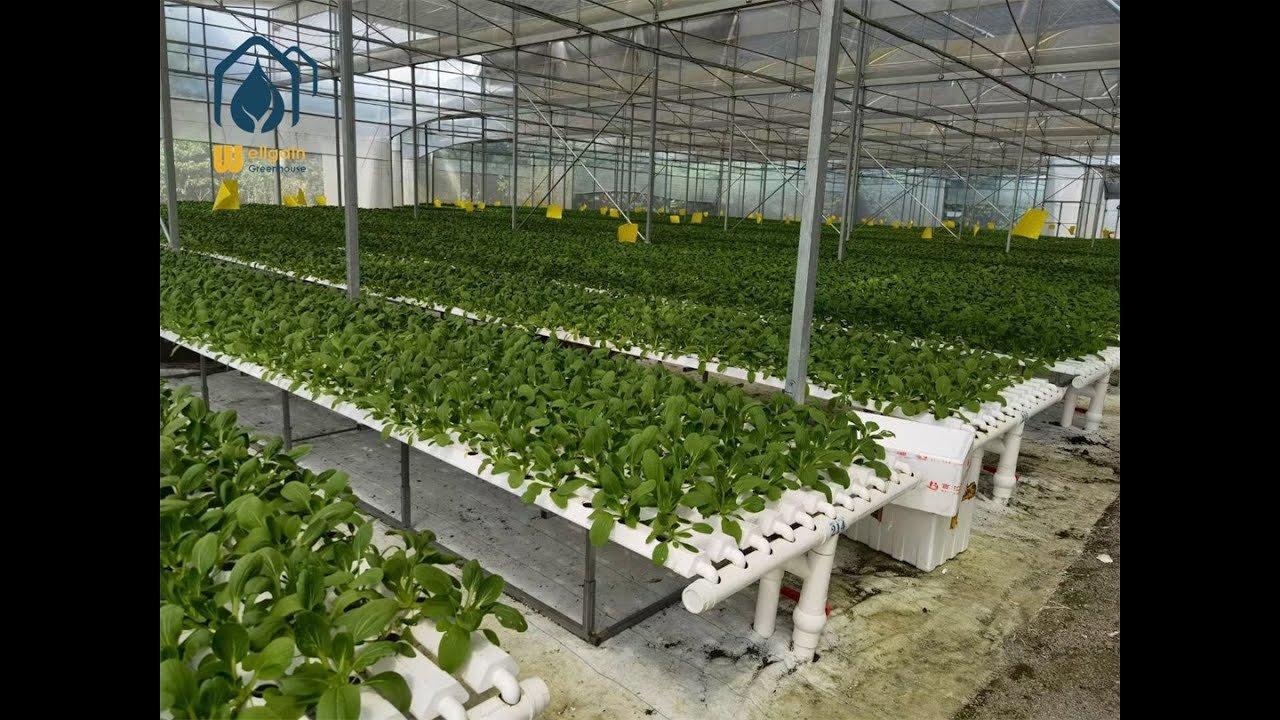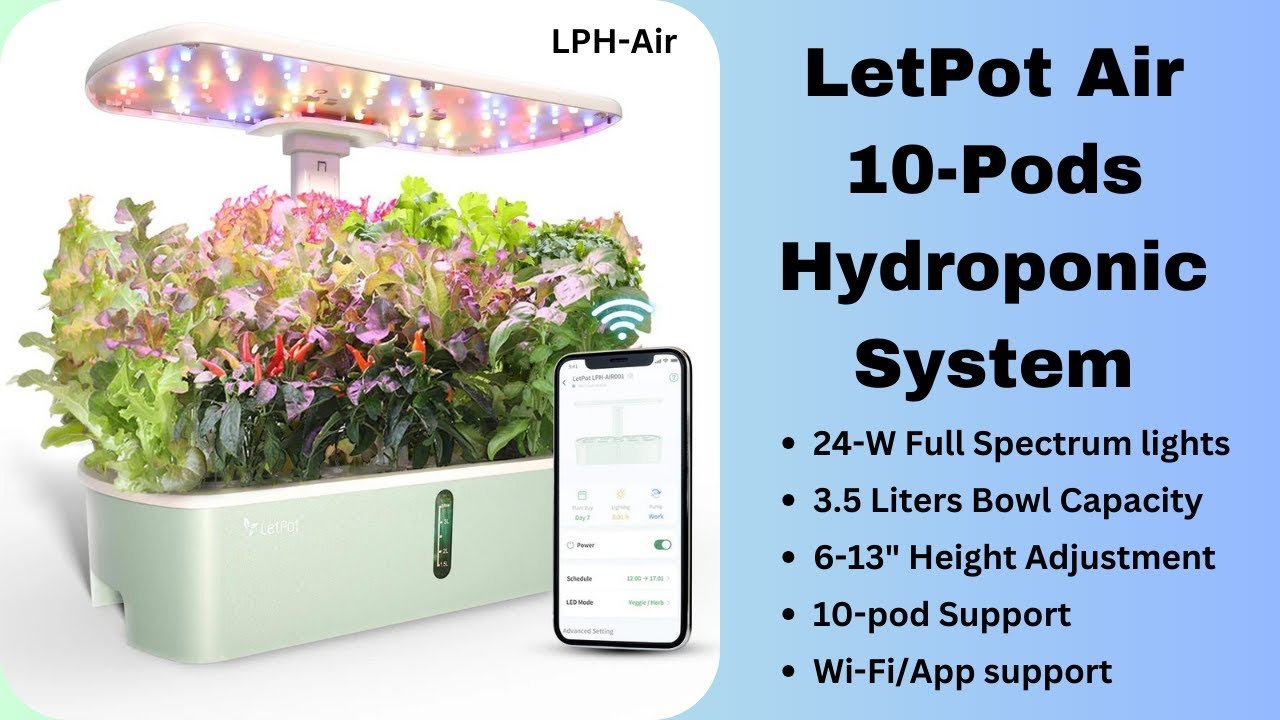The Hydroponic Acid Trip: A Backyard Journey
It was one of those sleepy afternoons in September, the kind where the light filtered through the trees just right, and you could almost taste the crispness of autumn in the air. Sitting on my rickety porch, sipping lukewarm coffee from my “World’s Okayest Dad” mug, I had this fanciful idea that I would build an aquaponics system in the backyard. You see, I had this burning desire to grow my own veggies and raise a few fish. I figured, how hard could it be? Spoiler alert: a lot harder than it looks.
The Spark of Inspiration
It all started when my buddy Dave came over one evening with a video of this amazing hydroponic system he found online. He was gushing, “Buddy, it’s like having a little grocery store right in your backyard!” His enthusiasm was infectious, and I could almost see myself plucking ripe tomatoes while feeding my fish. Of course, in the back of my mind, there was a nagging voice saying, “You have no idea what you’re doing.” But who listens to that guy, right?
I ran to the shed the next day and scavenged for materials. I found a rusty old fish tank, some wooden pallets from last summer’s deck project, and a long-abandoned garden hose tangled up in a mess of spider webs. With a few basic tools—a pair of pliers, some duct tape, and an old saw that probably hadn’t cut wood since Bill Clinton was in office—I was ready to embark on my DIY journey.
The Initial Setup
Setting up the system was relatively straightforward…well, in theory. I parked that old fish tank right in the middle of the yard, a bit of a makeshift centerpiece if you will. My plan involved stacking the pallets to create a platform for the plants. I envisioned cascading strawberries and lush lettuce growing triumphantly while my fish, tilapia because they sounded cool (and because I read they were low maintenance), swam around beneath the leafy bounty.
I filled that tank with water, thankful that it still held up and didn’t crack like my wife warned it might. The smell of the water was a mix of fresh and a tad bit fishy—not what I had imagined, but hey, I was on the right track, right?
The Fishy Situation
Before I knew it, I was standing at my local pet store, my eyes scanning the rows of aquariums. I had done my homework on tilapia, but the store clerk suggested catfish might be a better choice for a beginner like me. They’re hardy, she said. I thought, “How hard could it be to keep them alive?” So I went with catfish. I cherished that moment, thinking my “little grocery store” was going to be a hit.
Bringing them home was a task in itself. It felt like I was transporting top-secret cargo. I set them in the tank and watched them dart around, blissfully unaware that they were about to become the stars of my hydroponic saga.
The Pitfalls of Inexperience
Then came the day I thought I’d nailed it. I had finally balanced everything! The plants were in their pots, the fish seemed happy, and the water flowed like a little stream through my backyard. But then, oh boy, suddenly the water started turning a murky green. Panic set in. I was convinced I was running some kind of mad scientist lab right in my backyard. My wife sat on the porch, chuckling, “This is what happens when you try to ‘grow your own food.’”
After a little Google digging, I discovered something called algae bloom. Who knew? I almost gave up at this point, ready to shove the whole thing in a dumpster and call it a day. But instead, I rolled up my sleeves and researched how to clear it up. It turns out, I needed to give my system some time and make sure it had adequate filtration.
Trials and Tribulations
The pump was next. That ol’ rascal refused to cooperate. I spent an entire Saturday tightening, loosening, and cursing at the thing, wondering if it was sent from the depths of purgatory. When I finally got it working, the noise it made was like a chorus of squeaky toy horror, and I thought, “This surely can’t be right!”
The power of persistence, however, took over. After some tinkering and a few YouTube tutorials (finding the right angle of the hose helped—who knew?), I got it flowing. There was a fleeting moment of victory. My fish swam through the bubbles with a certain flair, and I even started to see the tiniest green sprouts of basil making their entrance.
The Lesson
As time went on and the season changed, my backyard became a hub of quirky experiments. Sure, a couple of fish sadly went belly up, which was heartbreaking. It felt like losing a little part of my makeshift family. But one day, I harvested my first handful of produce—pale green basil that smelled fresh and incredible. I tossed it into a salad, and my wife nodded with appreciation, “Not bad for a backyard scientist.”
So, what’s the takeaway? If you’re thinking about giving this a go, don’t get bogged down by the idea of perfection. You’ll trip, you’ll fumble, and things will go awry. You’ll smell fishy water, have plants die on you, and wonder why you ever thought it was a good idea. But in the end, it’s all worth it. Everything you learn along the way builds your own little grocery store, more organic than the one down the road.
Just start. You’ll figure it out as you go. And hey, who knows? You might end up with a green thumb or at least a few fish that are tougher than you think.
Join the next session and dive into your own aquatic adventure! Reserve your spot here!







Leave a Reply